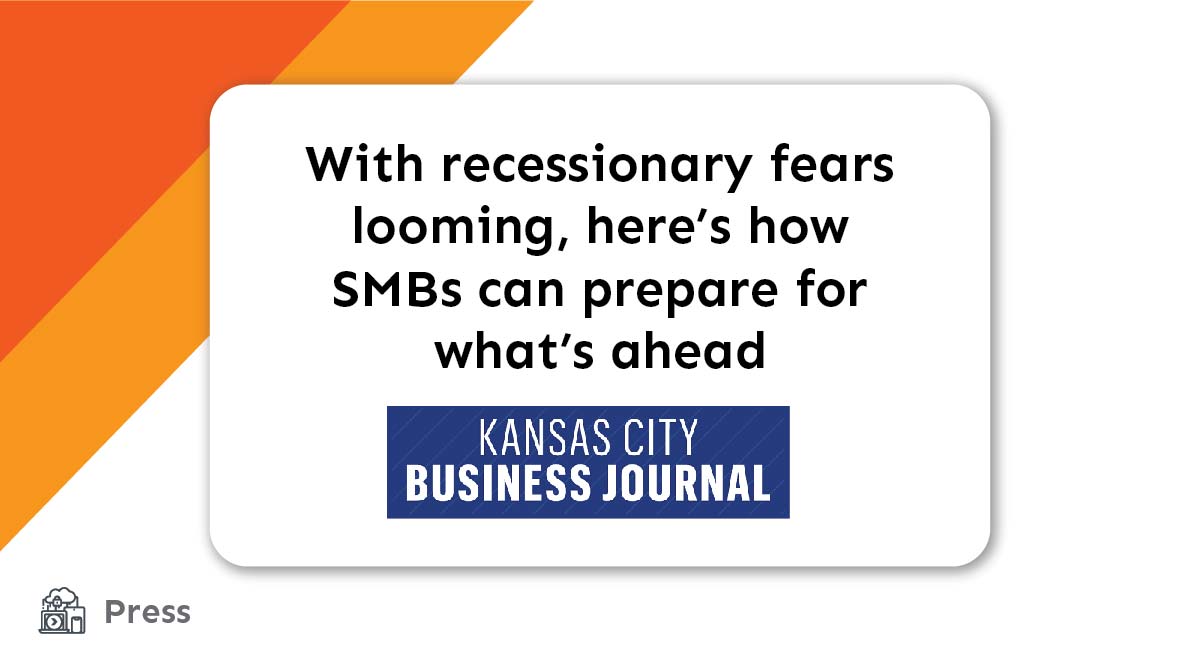Considering the current economic climate, the rate of inflation and a potential recession looming, preparing workable solutions to implement ahead of financially stringent times is imperative for small and mid-sized businesses (SMBs) who don’t have the resources and financial stability of larger organizations. Because of these limitations, traditional financing options from bank loans to lines of credit aren’t always accessible or sufficient.
Small to mid-sized businesses can turn to alternative funding solutions to finance their operations, investments and growth. But first, let’s understand the importance of cash flow (hint: it’s the lifeline of SMBs); current market trends and regulations, and the impact of banks increasing borrowing costs.
Cash flow and traditional funding obstacles
Cash flow is the lifeline of SMBs; I can’t stress this enough. Given the current economic climate — and past experience from the 2009 crisis that hit the global economy hard — recession preparedness is a discussion to be had by executives in all industries. In fact, a report completed by ForwardAI found that small businesses regard cash flow to be one of their top five challenges, and 60% of failed SMBs cited cash flow as the root cause. Read More on Kansas City Business Journal.


